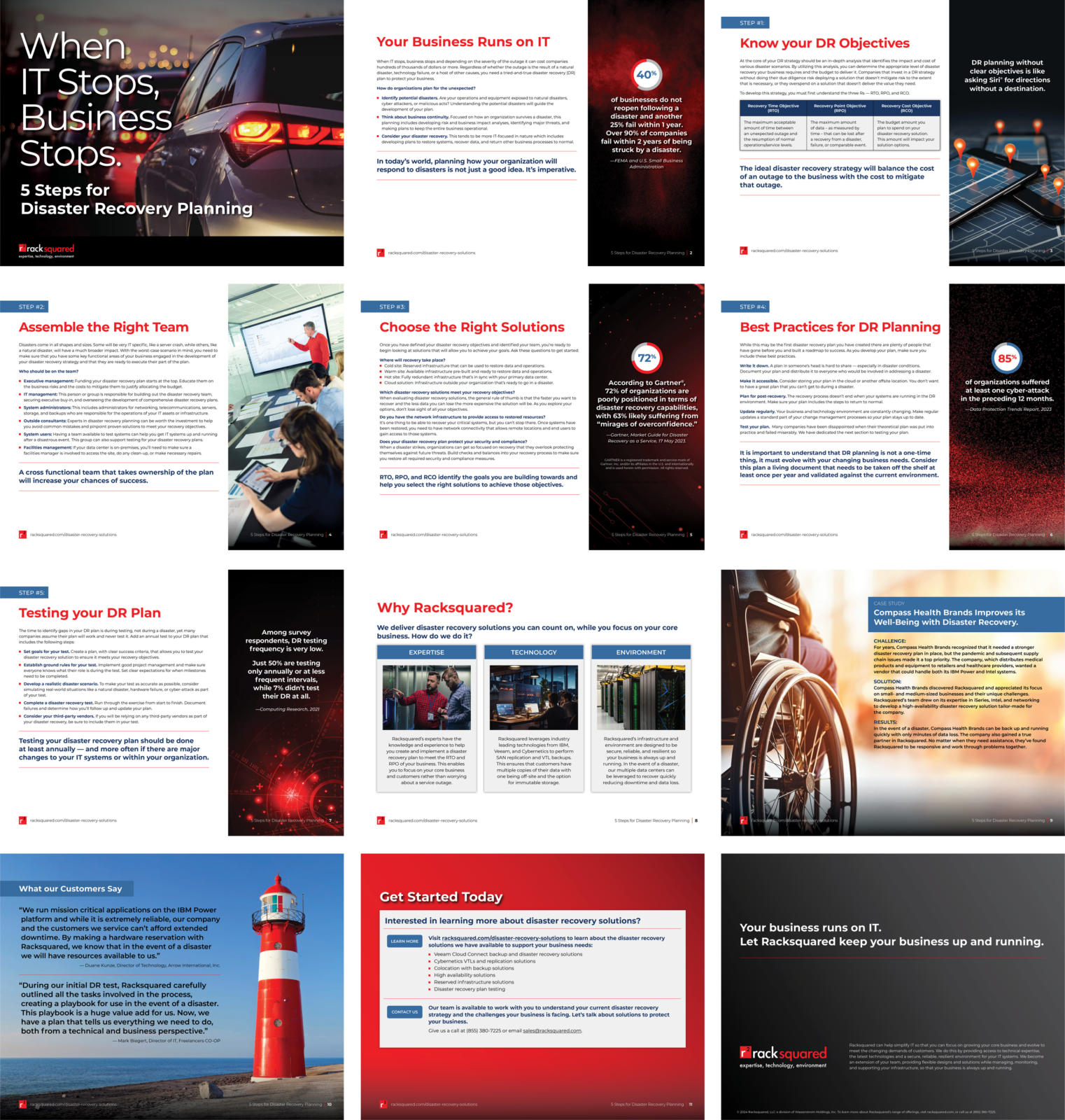In this age of texting, mobile IMs and social media chats, email can seem like a thing of the past. But in the business world, the total number of emails being exchanged daily is higher than ever. In fact, 116.2 billion emails are expected to be exchanged worldwide in 2015—and the growth rate shows no signs of slowing down.
So, in a world of rampant email use, does it really matter how you “sign” those business emails? Well, that etiquette issue is up for debate. On the one hand, a popular Slate article argued that it’s time to kill the email signoff. The author pointed out that emails have become more like text messages than handwritten letters, and no one in their right mind uses signoffs when texting. Plus, when you’re exchanging multiple emails about work-related matters, all of the “Regards,” “Cheers,” and “Best” closing lines can sound a little silly and insincere.
On the other hand, an email signoff can be more important than you think. As a recent article from Inc. Magazine pointed out, your signoff is the last thing the recipient reads. And it can set the whole tone of your communication. Just as you wouldn’t end a face-to-face conversation without saying goodbye, it can come across as abrupt or even hostile to simply end an email without a signoff. Here at DeLaune, we often use signoffs like “Thanks” when just writing each other about everyday tasks.
By including a signoff in your business email, you can:
- Support the “meat” of your message with a great conclusion
- Add a friendly tone to almost any type of request
- Build a trademark that becomes part of your brand
Of course, the options for a signoff are almost endless. Forbes actually posted 57 ways to sign off an email, and the right choice is really up to you. Typically, you’ll have to keep in mind your relationship with the recipient and the formality of the message. To add some fun to your signoff, check out this list of modern options by Simone Smith.
Some of our favorite signoffs include:
- Best: It’s safe and super professional, but still closes your email on a positive note.
- Thanks: This is perfect for when you’re making a request or thanking the recipient for doing something (in which case, you might substitute “Thanks again”).
- Talk soon: For friends and colleagues, the phrase is a fun way to close a quick message—but only if you really mean it.
- Regards: This seems to be the more modern version of “Sincerely,” and a good way to close professional emails with people you don’t know very well.
If you want to add more flair, using a signoff like “Cheers,” “Ciao” or an emoticon is a great option. But beware that some people can be turned off by these alternatives.
Hope this helps,
Barbara Goutelon
P.S. Do you have a favorite signoff? We’d love to hear about it! Please leave a comment below.




